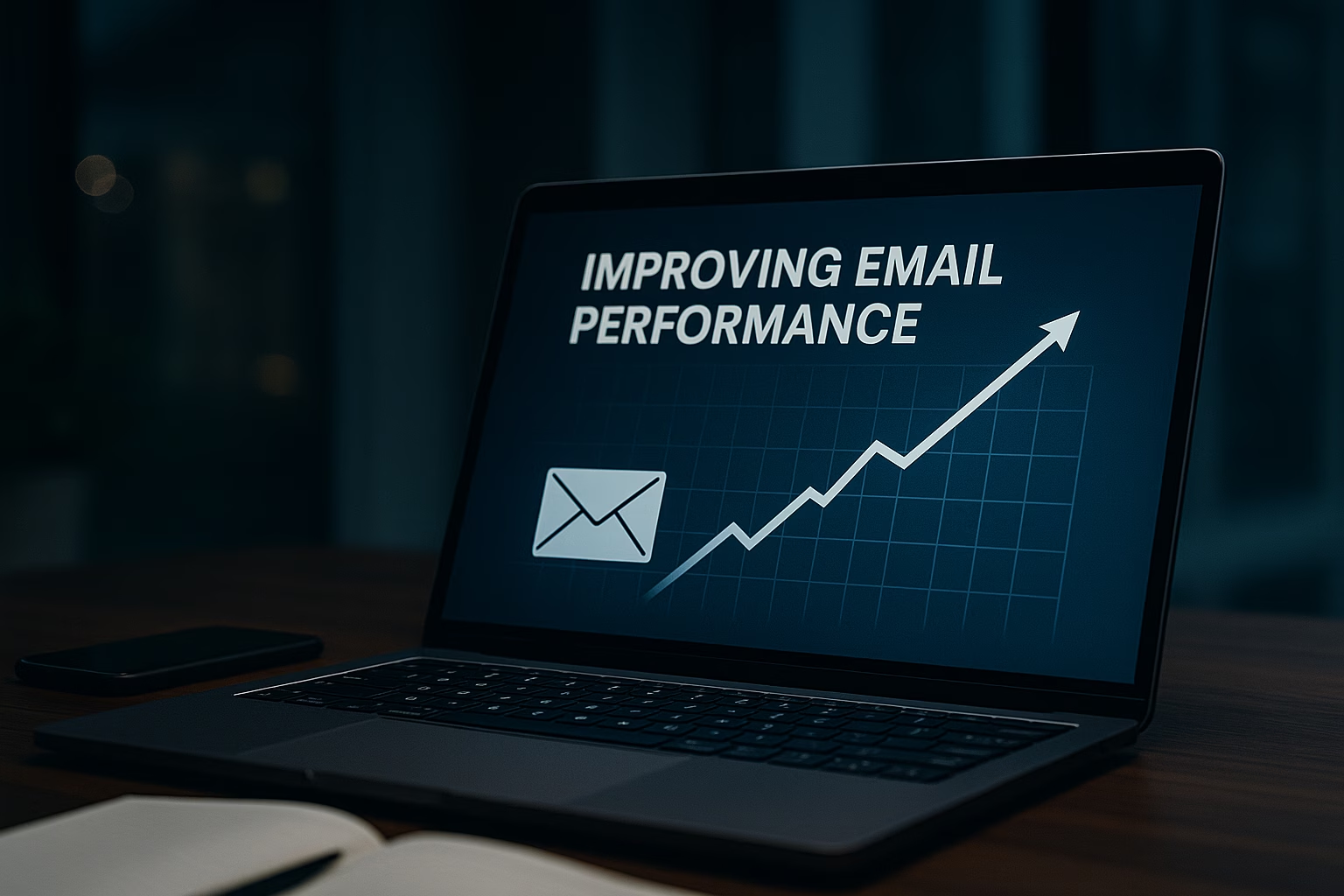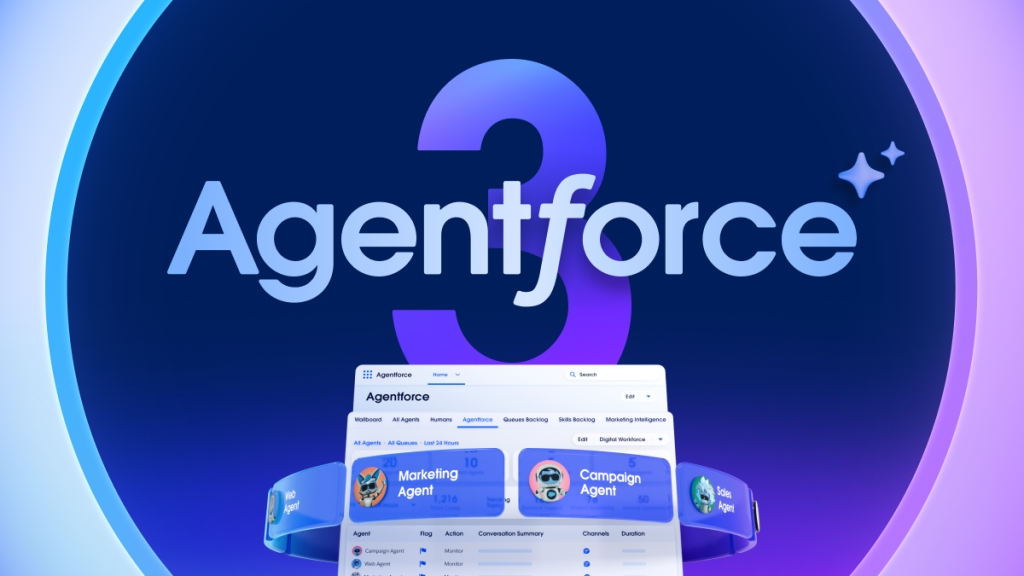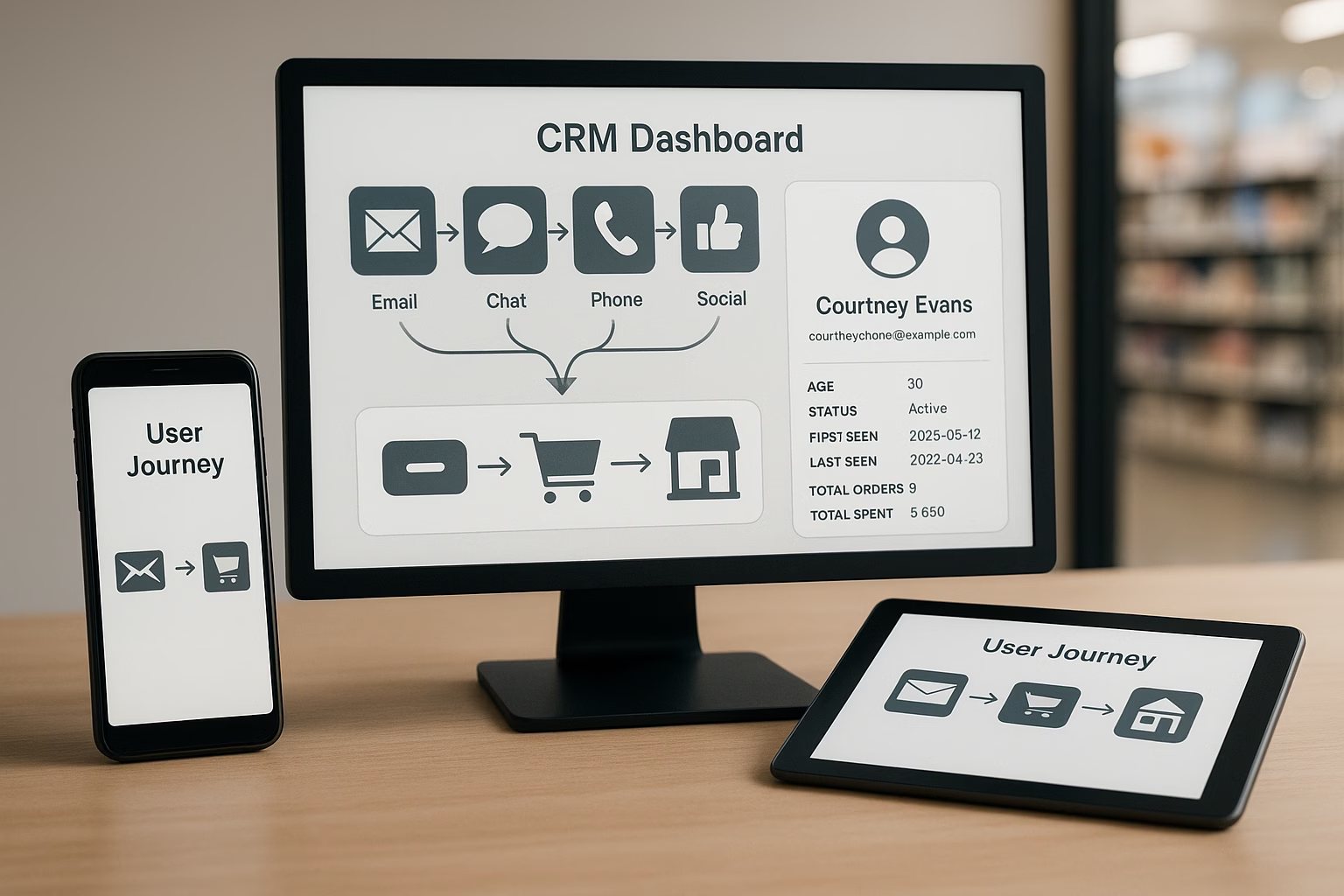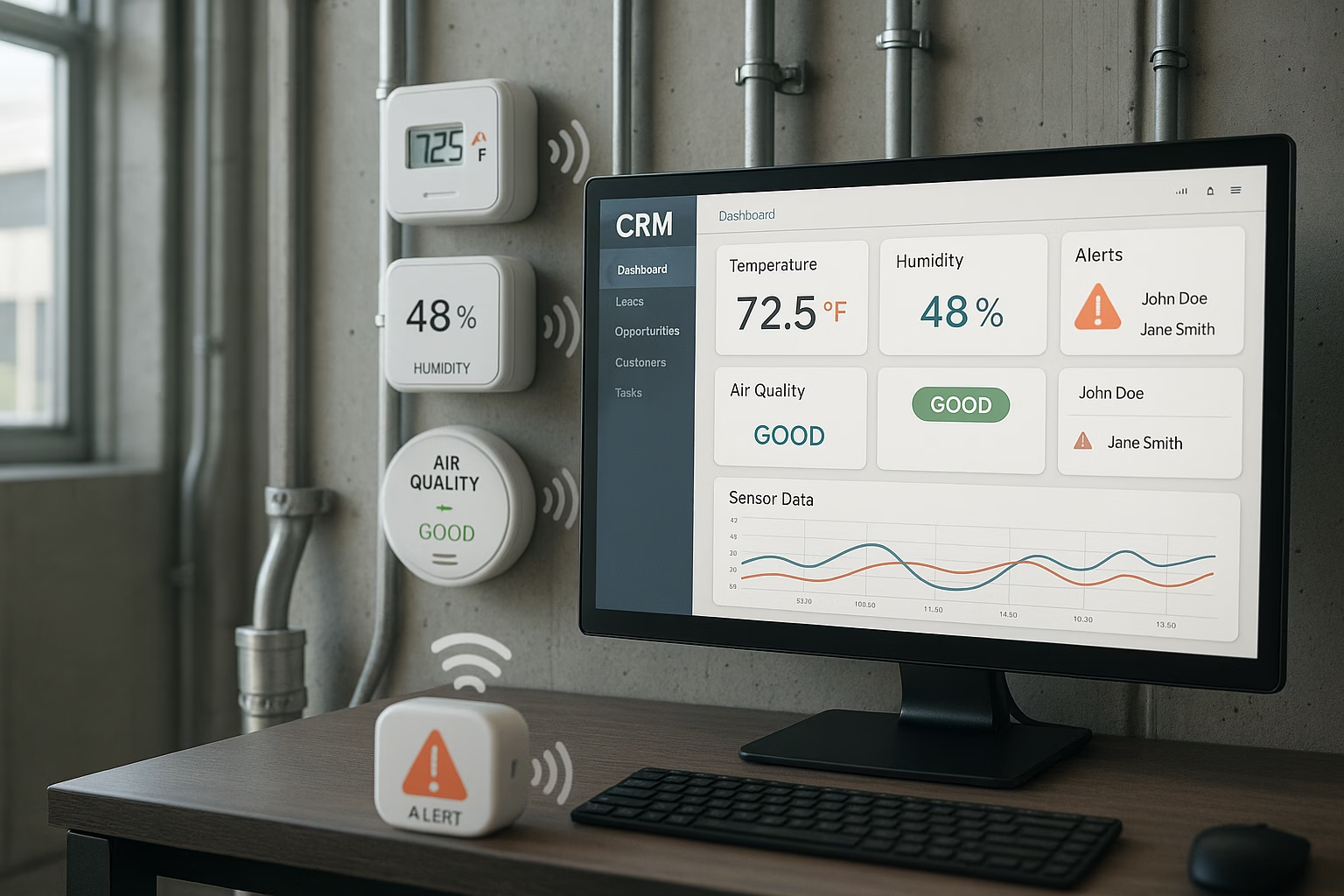Imagine a sales team where every lead flows smoothly through the pipeline, deals close consistently, and revenue forecasts are always accurate. This isn’t a fantasy! It’s the power of a well-managed sales pipeline. Without the right tools and strategies, deals stall, leads go cold, and forecasting becomes unreliable. But what does an effective sales pipeline look like, and how do you keep it moving smoothly? Let’s take a look.
Tools that keep your pipeline moving
Closing deals is obviously the ultimate goal, but a strong sales process isn’t just about the finish line. A short-sighted focus on the close can lead to missed opportunities. The most effective salespeople understand that success comes from consistency, strategic follow-ups, and a well-structured pipeline that keeps deals moving forward. That’s where a healthy pipeline comes in. It requires seamless coordination, timely follow-ups, and clear visibility into every stage of the process. The right tools can make all the difference for your team.
Customer Relationship Management (CRM) Software
Popular CRMs like Salesforce, HubSpot, and Microsoft Dynamics offer powerful pipeline management features. Salesforce provides AI-driven insights and automation, HubSpot excels at user-friendly interfaces and integration with marketing tools, and Microsoft Dynamics offers deep integration with enterprise ecosystems. A CRM is the backbone of any sales operation, centralising customer data, tracking interactions, and automating key processes. Modern CRMs with AI capabilities go even further, integrating data from emails, calls, and meetings to provide intelligent recommendations and next best actions, helping reps stay on track and avoid stalled deals.
Sales Analytics and Reporting
Sales data provides the insights needed to refine strategy. Metrics such as conversion rates, deal age, and win rates help teams identify patterns and make informed decisions. Real-time reporting ensures businesses can adapt quickly to market changes and shifting customer behaviour. We can help you pick the right analytics tool and have experienced consultants to set up your analytics using Tableau, Power BI or other popular solutions.
Collaboration and Communication Tools
Sales teams work best when information flows freely. Messaging platforms and video conferencing tools help reps coordinate on deals, share insights, and troubleshoot roadblocks in real time. When a deal gets stuck, immediate collaboration can make the difference between closing or losing the sale. From Slack to Teams, there are many tools to choose from.
Sales Enablement Platforms
Platforms like Seismic and Highspot equip sales teams with on-demand training, interactive content, and AI-driven coaching to help reps close deals more effectively. Training and resources are just as critical as the tools themselves. Sales enablement platforms provide reps with interactive training, coaching modules, and up-to-date content to ensure they’re always equipped to handle objections, tailor pitches, and close deals efficiently.
At Sirocco, we help businesses like yours optimise their sales pipelines by implementing CRM systems, developing sales playbooks, and providing tailored sales training. Contact us today for a consultation on how we can help you achieve your revenue goals.
Tracking the health of your sales pipeline
Studies show that 63% of companies say their biggest challenge is generating enough leads to keep the pipeline full (HubSpot). However, volume alone isn’t the answer. A well-maintained pipeline ensures that every lead has a clear path to conversion, helping sales teams avoid wasted effort and stalled deals. A healthy sales pipeline depends on how effectively leads progress through each stage, not just the volume of leads generated. By tracking key sales pipeline metrics, businesses can identify bottlenecks and optimise their approach.
Number of Qualified Leads
More leads don’t necessarily mean more sales. The focus should be on attracting high-intent prospects that match your ideal customer profile.
Conversion Rate
For example, if your conversion rate from Marketing Qualified Lead (MQL) to Sales Qualified Lead (SQL) is below 10%, it could indicate a problem with lead qualification. Reviewing the characteristics of leads that convert versus those that don’t can help refine your targeting strategy. Tracking the percentage of leads that convert into paying customers helps evaluate the effectiveness of the sales process. If conversion rates drop, it may indicate issues with lead quality, sales tactics, or follow-up processes.
Lead Age and Pipeline Velocity
The longer a deal sits in your pipeline, the more likely it is to fall through. Measuring the average time it takes to move from one stage to the next helps sales teams identify where deals tend to slow down, and adjust accordingly.
What’s the difference between a sales pipeline and a sales funnel again?
While often used interchangeably, a sales pipeline and a sales funnel provide different insights. The pipeline represents the seller’s view, tracking where prospects are in the sales process and the actions needed to move them forward. The funnel, on the other hand, reflects the customer’s journey, from awareness to decision-making.
Think of the sales funnel as the customer’s path to purchase, from initial awareness to final decision. The sales pipeline, on the other hand, is how sales teams organise and manage their interactions with prospects at each stage of the funnel. A well-structured pipeline ensures consistent deal flow, while a well-optimised funnel helps refine messaging and engagement strategies to improve conversion rates.
Best practices for stronger sales pipeline management
According to Salesforce, top-performing sales teams are 1.5 times more likely to base decisions on predictive analytics. Building a strong sales pipeline requires not just strategy but data-driven refinement over time.
Refine your pipeline regularly
Schedule weekly pipeline review meetings with your sales team. Use these sessions to identify stalled deals, discuss challenges, and brainstorm strategies for moving prospects forward. CRM tools can help track deal age and prioritise opportunities that need attention.
Sales processes shouldn’t be static. Regular reviews help teams identify roadblocks, update qualification criteria, and remove stalled deals that waste resources.
Use automation to improve efficiency
Automate repetitive tasks like sending follow-up emails after a demo, nurturing leads with targeted content based on their stage in the pipeline, and updating CRM records automatically when a lead takes specific actions. Tools like Salesforce Einstein, Outreach, and Pipedrive can streamline these processes.
Automating lead qualification, follow-ups, and data entry reduces manual tasks, freeing up reps to focus on building relationships and closing deals.
Shorten the sales cycle where possible
The longer a deal takes to close, the greater the risk of losing it. Strategies like early pricing discussions, addressing objections upfront, and using e-signature tools can accelerate the process.
Assign clear ownership at each stage
Ensuring that every stage of the pipeline has designated owners keeps deals from slipping through the cracks. Whether it’s marketing nurturing early-stage leads or sales handling negotiations, clear accountability is key.
Let’s build a scalable & sustainable sales process!
At Sirocco, we understand that sales pipeline management is more than just a process. It’s the key to sustainable growth. Our expertise in optimising sales operations can help your business unlock new levels of efficiency and growth. By leveraging the right tools, refining key processes, and continuously measuring performance, your sales team can unlock new levels of efficiency and growth. A well-structured pipeline improves efficiency and makes forecasting more reliable. Businesses that track pipeline health, leverage real-time data, and refine their approach continuously can better forecast revenue and allocate resources effectively. With the right tools, processes, and strategies in place, sales teams can build momentum, close deals faster, and create a repeatable, scalable approach to growth. Let’s get some time on our calendars:










